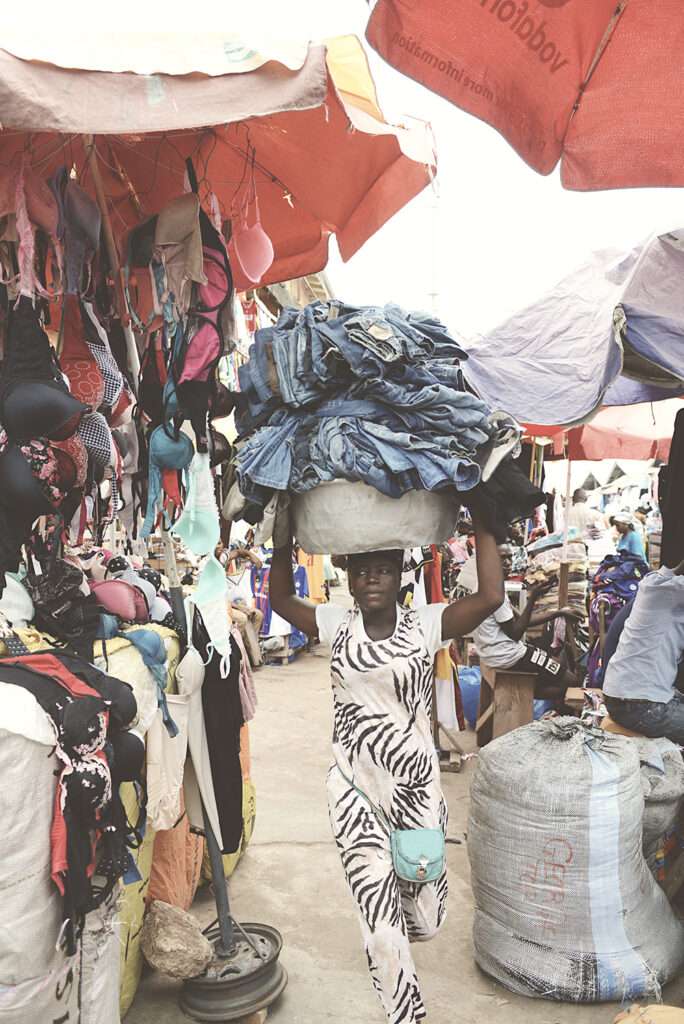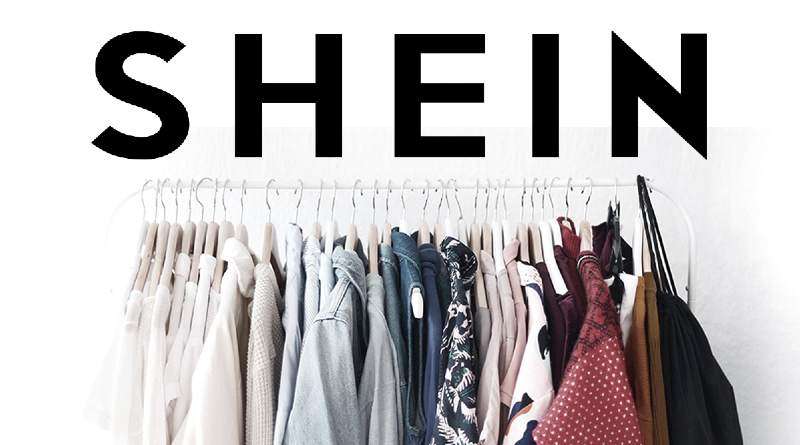It’s no secret that fast fashion is bad for our planet. It contributes to everything from water pollution to deforestation to carbon emissions. And there’s another big problem with the amount of clothing we’re producing: mountains and mountains of waste.
Every year, around 100 billion garments are produced, and most of them will end up either as secondhand clothing or in landfill. In fact, according to Earth.Org, one garbage truck of textile waste turns up at the landfill every single second. And after they’ve been dumped, most won’t biodegrade. That’s because the majority of fast fashion garments are made with synthetic materials, like polyester.
We can all play a part in trying to reduce the amount of textile waste produced every year. Buying fewer clothes from fast fashion brands is a good place to start, and making use of secondhand clothing shops and resale apps can help, too. But, it’s important to note, this is a colossal problem, and the responsibility of solving it doesn’t land solely with individuals, but rather governments and corporations.
The E.U. attempts a textile waste crackdown
In July, the European Commission presented a proposal that would force the textile industry to take accountability for all of the waste it produces. It would mean that all of the companies that sell clothing in the E.U. would have to pay for that clothing to be processed at the end of its life. Right now, less than a quarter of Europe’s clothing waste is recycled.
Moda Re, a Spanish nonprofit dedicated to garment reuse and recycling, is already attempting to get on top of the problem with sorting centers that can handle around 20,000 metric tons of clothing. In the next year, it aims to double this amount. “Increasingly we are going to turn used clothes into raw material from Europe for fashion companies,” Moda Re’s director Allbert Alberich told Reuters.

But, as pointed out by Vogue Business, the E.U.’s proposal is only the beginning, and it doesn’t go far enough. There isn’t enough infrastructure to process and recycle all of the textile waste in Europe, and there was also no mention of helping to clean up the problem outside of the E.U.—namely, in African countries, like Uganda and Ghana, where a significant amount of secondhand clothing gets sent.
According to Oxfam, at least 70 percent of clothing donated to charity in Europe and the U.S. will end up in African countries.
Is it dead white men’s clothes or is it fast fashion?
Uganda wants the textile waste problem solved urgently. In August, the country’s president Yoweri Museveni said he was introducing a ban on the importation of secondhand clothing. “They are for dead people. When a white person dies, they gather their clothes and send them to Africa,” he said.
But some have criticized Museveni’s ban. Writing for The Guardian, Ugandan designer Bobby Kolade, who specializes in repurposing secondhand clothing, explained: “Secondhand clothes don’t come from the dead. That’s not how fast-fashion systems work. People don’t die quickly enough for fast fashion, only trends do.”
“The announcement is a harsh slap in the face for the communities across Uganda whose livelihoods rely on the secondhand trade,” he added. “Importers, market vendors, upcyclers, fashion designers, artists, and waste managers have for decades found creative ways to make a living out of fast-fashion waste.”
He added, however, that he agrees with the idea of a gradual phase-out scheme, rather than an outright ban.

“If only we could ban the importation of torn and stained clothing. Only in an unjust, waste-colonial world are Ugandan importers blindly forced to purchase bales of white shirts with yellow-green armpits,” he continued. “A ban can only work if the affected communities are consulted and alternatives and timelines are collectively designed. Communities know what they need – let’s listen and co-create with them.”
Up the quality, decrease the quantity
Kolade has touched on an important issue. It is not just reducing the quantity of waste that the world needs to address, but also improving the quality. And we’re not just talking about stained clothing, but improving the quality of textiles before they’ve even been sent out to the consumer. Mending and repurposing clothing for resale isn’t a suitable solution when the materials are such low-quality they are falling apart, or, in some cases, toxic.
Much of the burden for improving material quality and safety falls on some of the world’s biggest fast fashion brands. In 2021, one study suggested that there were elevated levels of chemicals, including lead, PFAS, and phthalates, in clothing from online retailers like Shein, AliExpress, and Zaful.

“I’m alarmed because we’re buying what looks cute and fashionable on this incredibly short fashion cycle,” researcher Miriam Diamond told CBC. “What we’re doing today is [looking for] very short-lived enjoyment out of some articles of clothing that cost so much in terms of our … future health and environmental health. That cost is not worth it.”
The road to solving our textile waste crisis is complicated, there’s no doubt. But governments, as well as the corporations responsible for producing all of these textiles in the first place, need to take action urgently. Some wheels are in motion — but to really make a dent in the trash heap, there is a very long way to go.
Related on Ethos:


